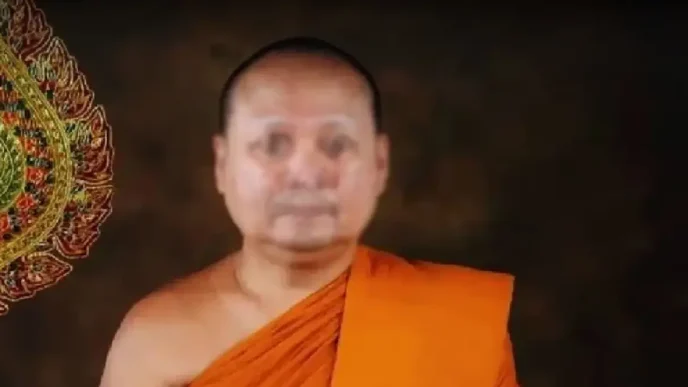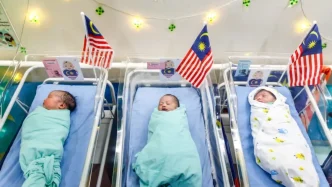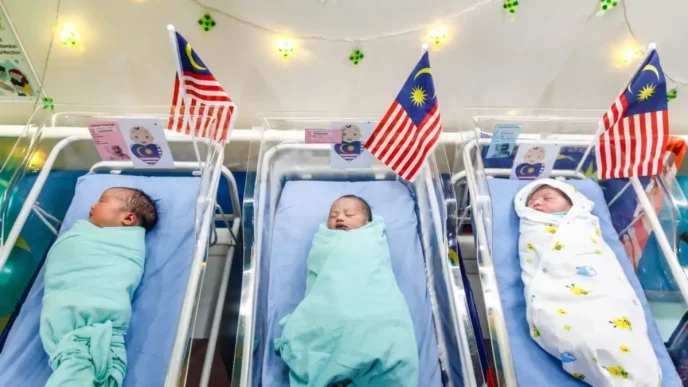By Duc Nguyen, South East Asia Correspondent
The Philippines faces a deepening education crisis, with recent data revealing profound challenges in literacy and academic performance, as the nation prepares for pivotal midterm elections on 12 May. A February 2025 report from the Philippine Statistics Authority (PSA) highlights that eight of the country’s 10 least literate provinces are in Mindanao, while 19 million high school graduates struggle with basic reading and comprehension. As political dynasties and celebrity candidates dominate pre-election surveys, analysts warn that systemic educational decline threatens the quality of democratic discourse, underscoring the urgency for reform in Southeast Asia’s oldest democracy.
The PSA’s Functional Literacy, Education, and Mass Media Survey (FLEMMS), released in January 2025, paints a stark picture. Eight provinces in Mindanao, including Maguindanao and Sulu, rank among the lowest in functional literacy, defined as the ability to read, write, and comprehend basic texts. Yet, Mindanao’s diversity shines through, with South Cotabato placing among the top 10 provinces for literacy, reflecting uneven development across the island. Nationally, the crisis is acute: 19 million Filipinos who completed high school or senior high school between 2019 and 2024 lack basic literacy skills, hindering their ability to engage with complex information.
Global benchmarks amplify these concerns. The 2022 Programme for International Student Assessment (PISA) ranked the Philippines 77th out of 81 countries in reading, mathematics, and science, with 15-year-olds scoring well below the OECD average. A 2021 World Bank report estimated a 90.9% “learning poverty” rate, meaning nine in 10 Filipino children aged 10 cannot read and understand simple texts. For the first time, no Philippine university appeared in the 2025 Times Higher Education (THE) Asia University Rankings top 500, a sharp decline from a decade ago when institutions like the University of the Philippines (UP) held regional prominence.
Political Context and Electoral Stakes
The education crisis has unfolded against a backdrop of shifting political leadership. Between 2016 and 2022, former President Rodrigo Duterte oversaw national policy, while his daughter, Sara Duterte, led the Department of Education (DepEd) as vice president from 2022 to 2024. During this period, educational indicators worsened, with FLEMMS and PISA data pointing to systemic gaps. Budget allocations for education rose—reaching PHP 924 billion (USD 16 billion) in 2023—but critics note persistent issues like teacher shortages, outdated curricula, and infrastructure deficits.
The 2025 elections, which will elect 12 senators and thousands of local officials, highlight the intersection of education and politics. Pre-election surveys show candidates backed by the Duterte-aligned Partido Demokratiko Pilipino, including former entertainers, leading Senate races. This continues a trend where celebrity and dynastic candidates often outshine technocrats. In 2010, actor Ramon Revilla Jr. topped the Senate race, followed by Jose “Jinggoy” Ejercito Estrada, another entertainer. In 2022, actor Robinhood Padilla secured the highest votes, reflecting a shift toward personality-driven politics.
Historically, the Senate featured intellectual giants like Jovito Salonga, a three-time topnotcher known for principled debates. Today, candidates rely on slogans—Juan Ponce Enrile’s 2010 “Gusto ko happy kayo!” (I want you to be happy)—or media visibility over policy platforms. Mar Roxas, a Wharton-educated technocrat, leaned on his “Mr. Palengke” (Mr. Market) persona to win in 2004 but lost ground to celebrities in later races. Analysts attribute this to a “celebritization” of politics, where media appeal overshadows substantive discourse, a trend exacerbated by weak party-based systems.
Systemic Roots of the Crisis
The education crisis predates the Duterte era. In 2013, reports flagged declining university rankings despite robust GDP growth of 7.2%, highlighting a disconnect between economic gains and human development. The K-12 reform, implemented in 2013, extended basic education to 12 years but faced criticism for rushed rollout and inadequate resources. By 2019, 24% of public schools lacked sufficient classrooms, per DepEd data, and teacher training lagged behind curriculum changes.
The World Bank’s 2021 report identified structural barriers: 60% of Filipino children drop out before Grade 6 due to poverty, and rural schools face connectivity gaps, worsened by the pandemic’s shift to online learning. Mindanao’s challenges are acute, with conflict-affected areas like Maguindanao facing teacher shortages and disrupted schooling. Yet, South Cotabato’s success shows that targeted investments—such as vocational training and local governance—can yield results.
Political systems compound these issues. The Philippines’ 1987 Constitution encourages multi-party politics, but dynasties dominate, with 70% of Congress members in 2022 tied to political families, per Ateneo School of Government. This entrenches patronage over merit, limiting education reform. Efforts to strengthen party-based systems, like the 2003 Party-List System Act, have been undermined by elite capture, with 80% of party-list groups linked to dynasties by 2020.
Calls for Reform and Democratic Resilience
Educators and civil society are pushing for change. The Philippine Business for Education (PBEd) advocates doubling the education budget to 6% of GDP, aligning with UNESCO benchmarks. Teacher upskilling, digital infrastructure, and curriculum modernization top reform agendas. Civic groups like the Parish Pastoral Council for Responsible Voting (PPCRV) are mobilizing voters to prioritize candidates with education-focused platforms, countering the allure of celebrity politics.
The 2025 elections offer a chance to reset priorities. Candidates like Chel Diokno, a human rights lawyer, emphasize education reform, drawing on Salonga’s legacy. Yet, surveys suggest dynastic and entertainment figures may dominate, challenging hopes for policy-driven leadership. “Critical thinking must be mainstreamed in our schools to strengthen political literacy,” said Dr. Maria Luz, an education scholar at UP, reflecting a consensus among academics.
The Philippines’ democratic resilience is evident in its vibrant civil society and history of reform. The 1986 People Power Revolution restored democracy, and recent election turnout—82% in 2022—shows public engagement. However, low political literacy, with only 40% of voters understanding basic policy issues (2022 SWS survey), risks perpetuating dynastic rule. Education reform, analysts argue, is key to breaking this cycle.
Path Forward
Addressing the education crisis requires long-term commitment. Short-term measures—hiring 20,000 teachers annually, per DepEd’s 2025 plan—must pair with structural reforms: enforcing anti-dynasty provisions, strengthening party systems, and prioritizing education in national budgets. Mindanao’s disparities demand targeted funding, building on South Cotabato’s model. Globally, partnerships with ASEAN neighbors, like Singapore’s teacher exchange programs, could bolster capacity.
As the Philippines approaches 12 May, the stakes are high. An educated electorate is the bedrock of democracy, and the current crisis threatens to erode this foundation. By investing in education and fostering critical discourse, the nation can reclaim its democratic promise, ensuring leaders reflect the calibre of its people rather than the glare of fame.
















